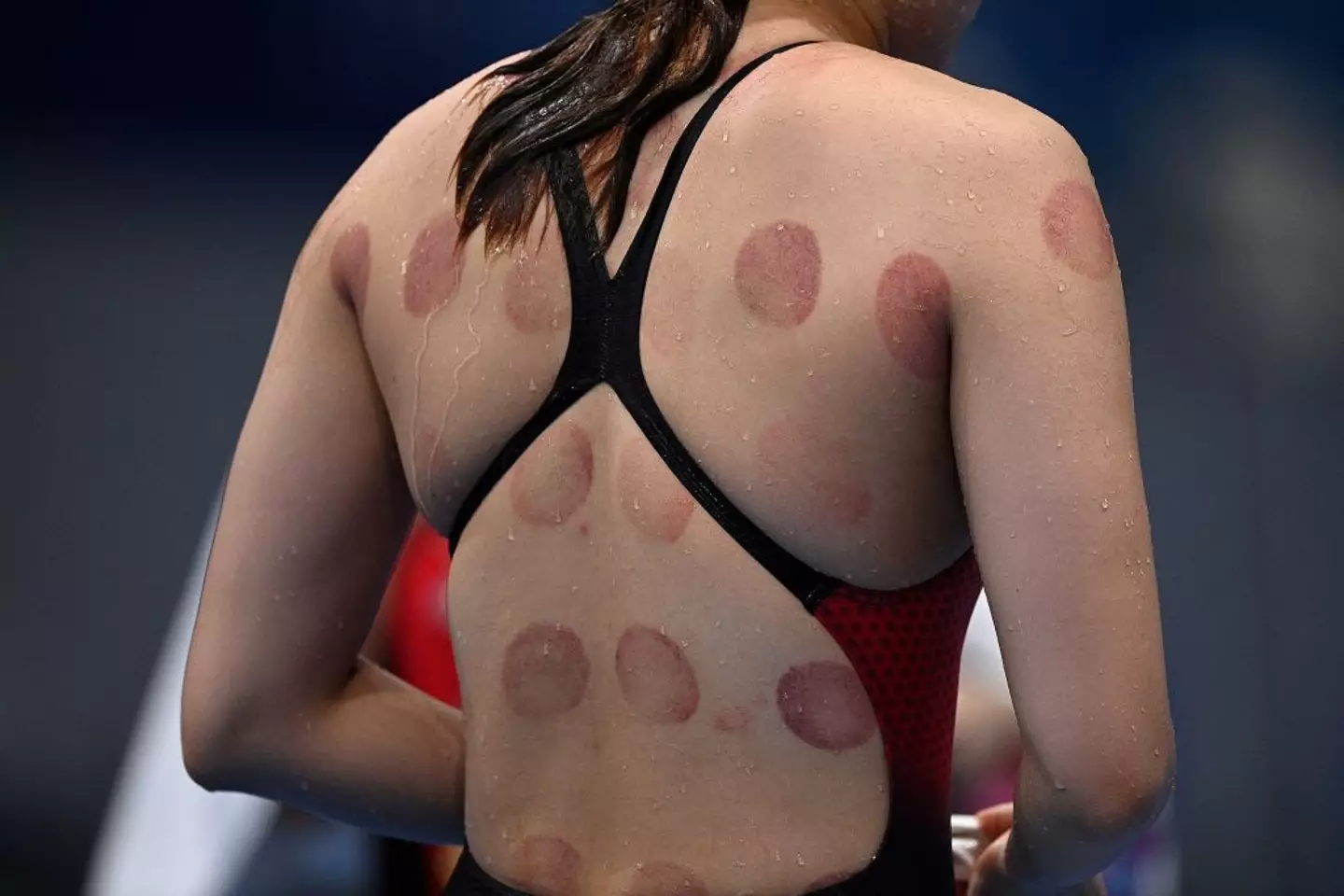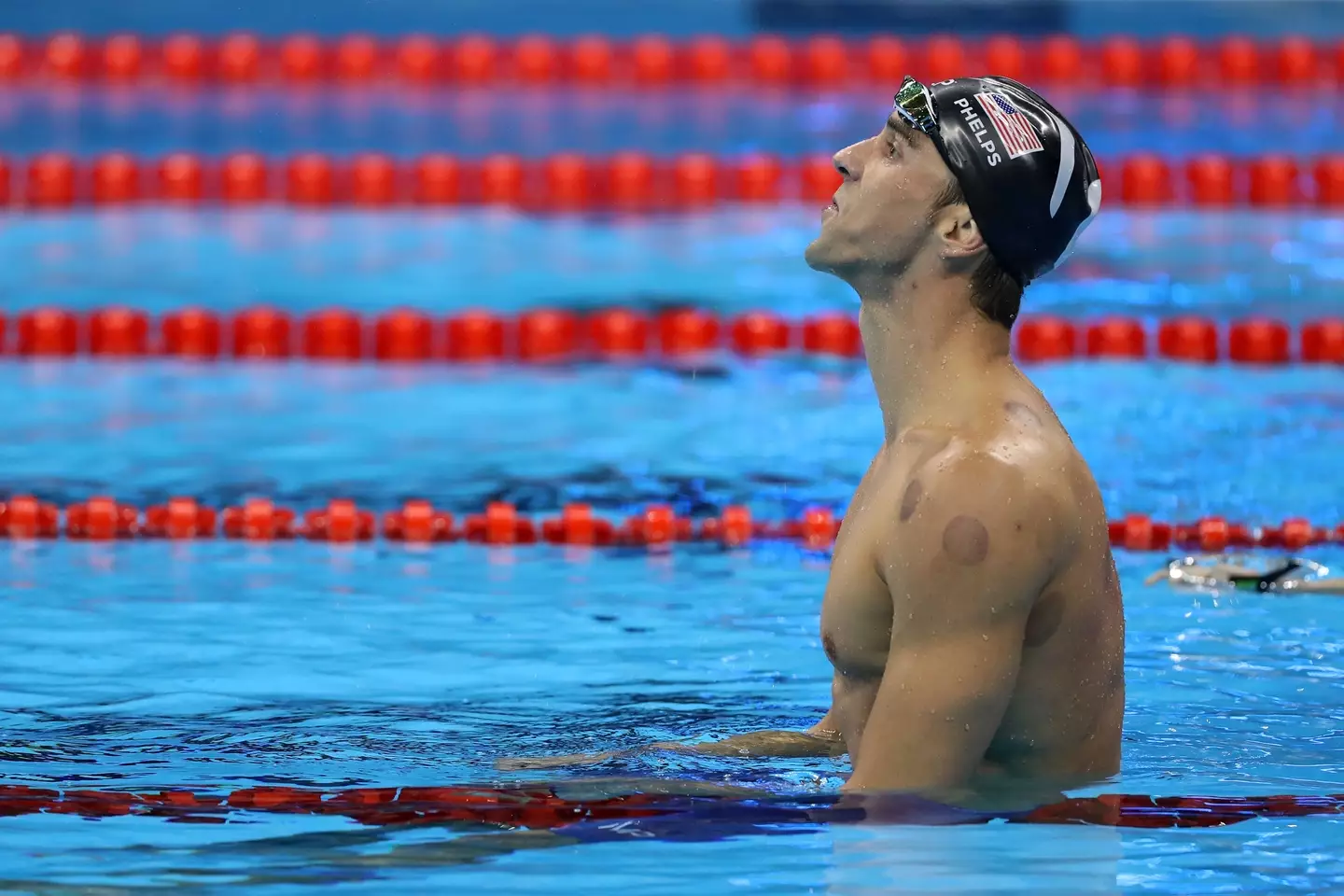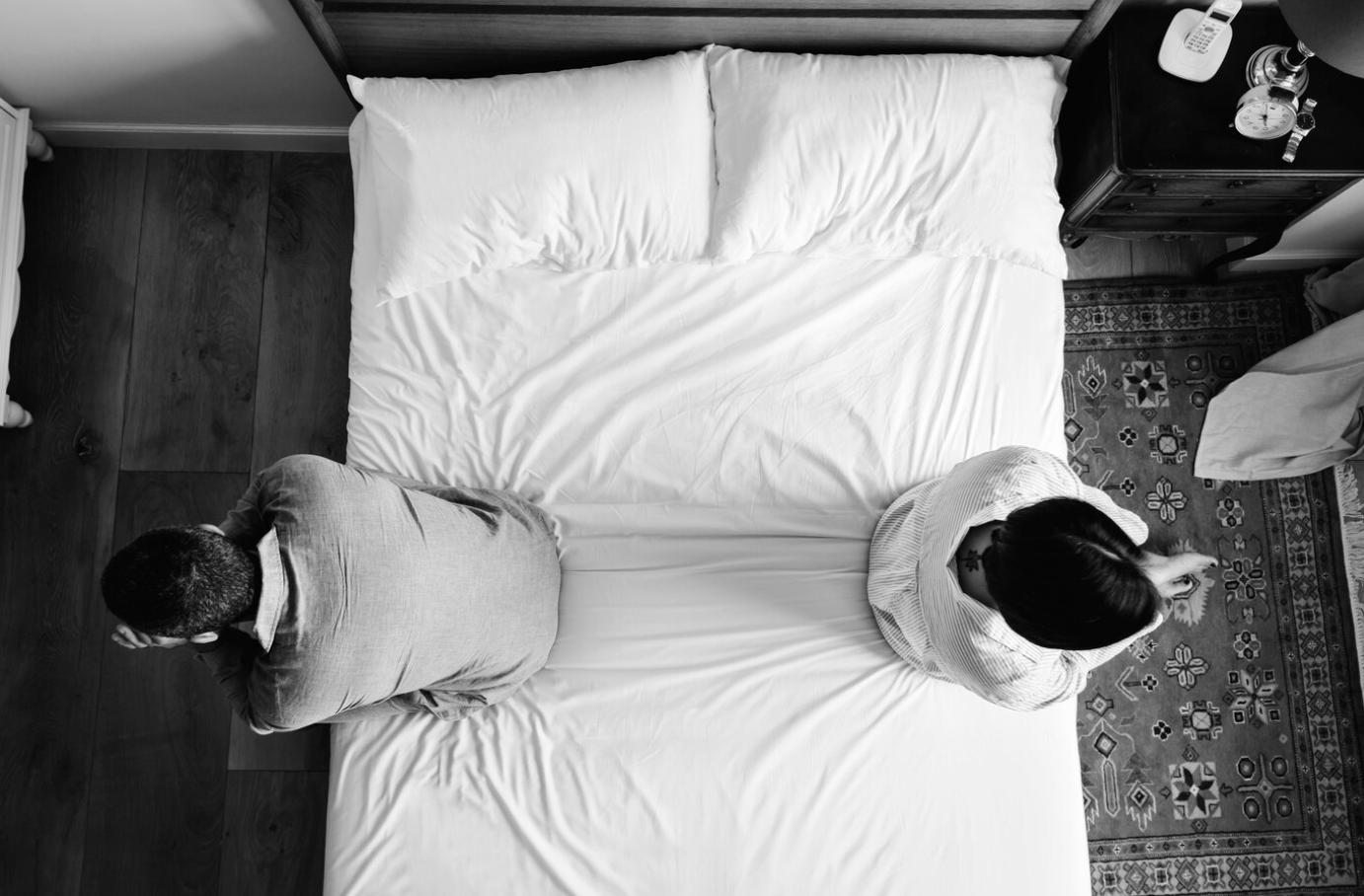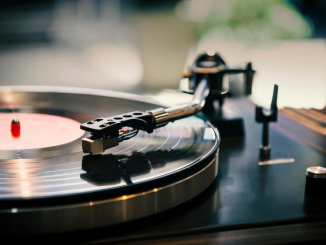
This year’s Olympics are now in full swing and it’s all eyes on the athletes.
From archery and shooting to athletics and gymnastics, there’s all kind of sports taking place across Paris, France, at the moment.
One fan-favorite sport to watch is the swimming, and this year there’s a whopping 854 athletes from 187 different countries competing.
But there’s a common theme you might have spotted with some of the swimmers and that’s the unusual dark red circles they have on their backs.

While it might look like they’ve had a fight with an octopus and lost, there’s a very different reason for the odd markings.
It turns out that the large spots are from cupping therapy – an ancient healing technique that involves placing cups on the skin to create suction and increase blood flow to the area.
The unconventional method is supposed to help with muscle recovery and is used as a type of deep tissue massage.
Some athletes were spotted with cupping therapy bruises back at the Rio Olympics in 2016, and it’s still seemingly popular now.

Gymnast Alexander Naddour told USA Today back in 2016 that cupping was supposedly the ‘secret’ to his health.
He added: “It’s been better than any money I’ve spent on anything else.”
Away from the Games, basketball player Kyle Singler has also praised cupping therapy.
“The bruises do look more intense than what they actually feel like, but the benefit from it is really great,” he previously insisted.
Singler continued to tell Sports Illustrated: “You’re not necessarily getting the immediate response that you might want but over time it does help with recovery and loosening tissue and stuff like that.”
But does cupping therapy actually work according to experts? It’s seems as if the jury’s still out.

According to Harvard Health, some studies have found that cupping might provide some relief for a number of musculoskeletal and sports-related conditions. The quality of this evidence was ‘limited’, however.
Elsewhere a 2022 review found that wet (as opposed to dry cupping) was effective for lower back pain.
While the bruises people get from cupping are pretty gnarly, the therapy is generally seen as safe to practice – even if people aren’t 100 percent on how affective it is.
“Most experts agree that cupping is safe. As long as those treated don’t mind the circular discolorations (which fade over a number of days or weeks), side effects tend to be limited to the pinch experienced during skin suction,” Harvard Health explains.
“It’s quite unusual that cupping causes any serious problems (though, rarely, skin infections have been reported).”
There you have it, folks.
Jenny, a proud cowgirl, wanted to surprise her husband, Mike, with a fun photo, but…

Jenny, a proud cowgirl, wanted to give her spouse Mike a funny picture as a surprise. She captured the scene to share with him while sitting in the back of a pickup truck, all out in cowgirl attire. She was unaware that this innocuous gesture would have such a profound effect.
Jenny showed Mike the photo with great excitement, knowing he would appreciate the lighthearted surprise. Mike was taken aback to discover, upon closer inspection, that Jenny had removed her wedding ring.

He became suspicious and tried to investigate by enlarging the picture. He was surprised to see more than just Jenny dressed like a cowgirl through the pickup truck’s rear window. The man’s face was visible in the reflection.
Mike was taken aback upon seeing Jenny’s 19-year-old ex-boyfriend.
Mike questioned Jenny about her ex-boyfriend’s unexpected appearance in the photo, feeling bewildered and hurt. Jenny acknowledged the seriousness of the situation and claimed that it was only a fortuitous meeting. She had not noticed the mirror, and the photographer happened to be her ex-boyfriend.
On the other hand, Mike began to doubt their marriage after hearing the news. What was supposed to be a happy surprise took on an unexpected degree of stress when Jenny’s ex-boyfriend unexpectedly showed up in the shot and there was no wedding ring. In the midst of an emotional breakdown, Mike made the decision to divorce Jenny.

The trust that had kept their marriage intact had been destroyed by the seemingly harmless cowgirl shot. Jenny and Mike had to deal with the unanticipated consequences of a picture that had taken an unexpected turn while they negotiated the difficulties of divorce.
The event was a sobering reminder that in a relationship, even seemingly insignificant details may matter. It was shown how important it is to have trust, communicate, and understand one another, and how unforeseen circumstances can occasionally result in actions that change people’s lives.



Leave a Reply